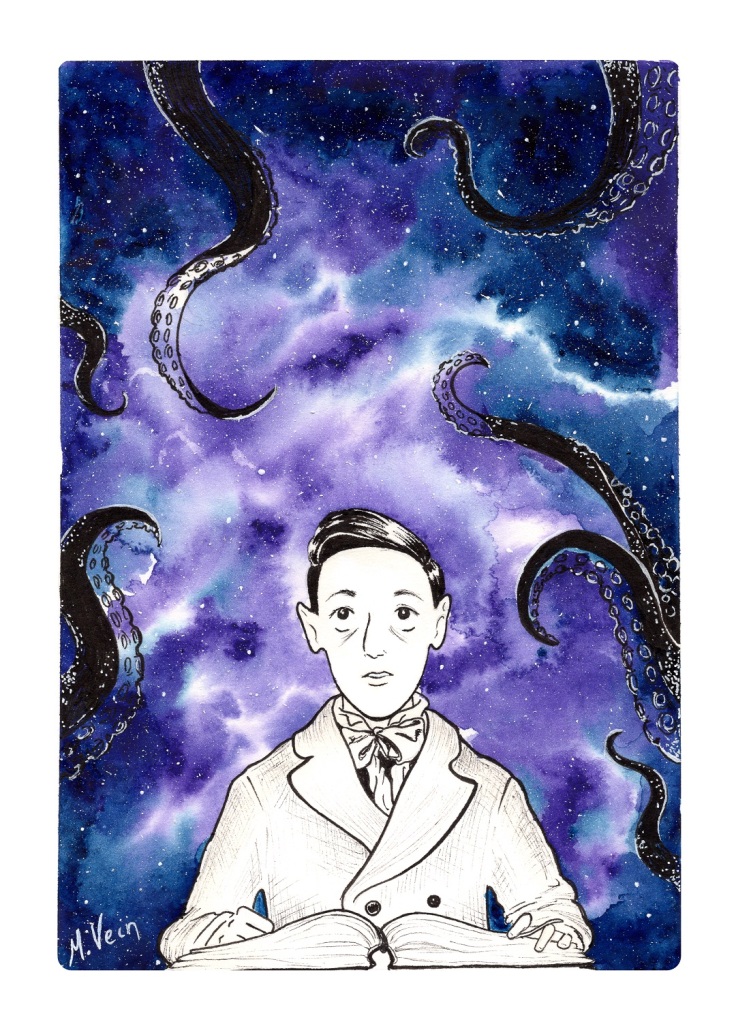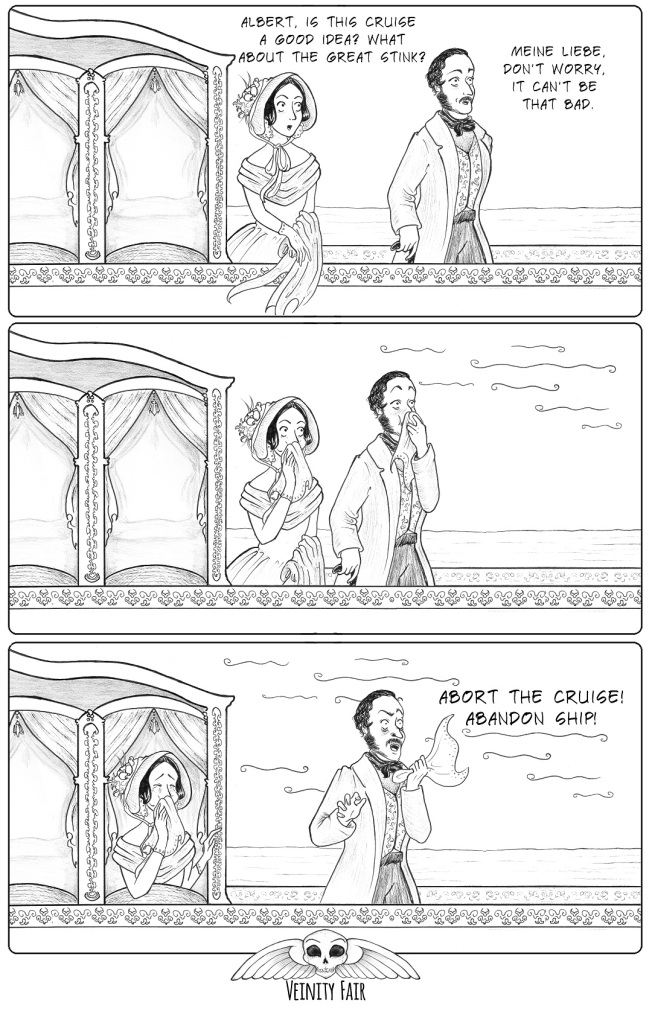
Fashionistas of the late Victorian and Edwardian eras were obsessed with hats. 👒 Particularly with feather hats, adorned with bird feathers, heads, wings, and even whole animals. 🐦🦜 The demand for birds was so high that the millinery industry decimated dozens of species and even drove one of them – the passenger pigeon – into extinction. The last passenger pigeon died in captivity in 1914.
As taxidermy was a popular Victorian pastime, it is said that not only birds, but also other animals such as squirrels, mice, and even cats fell victim of the over-the-top hat fashion. 🐿🐁🐈 In 1883, The New York Times published an article on French fashion stating that “The demand for kittens’ heads has become so important that cat breeding has become a regular business.”
To be honest, I’m not sure if this article wasn’t exaggerating about the French love for kitten hats, so let me know if you’ve come across any other sources on that. 😺
On a brighter note, check out the story of Harriet Hemenway, an activist who pushed for the first federal conservation legislation in the U.S. and greatly limited the feather hat trade.




